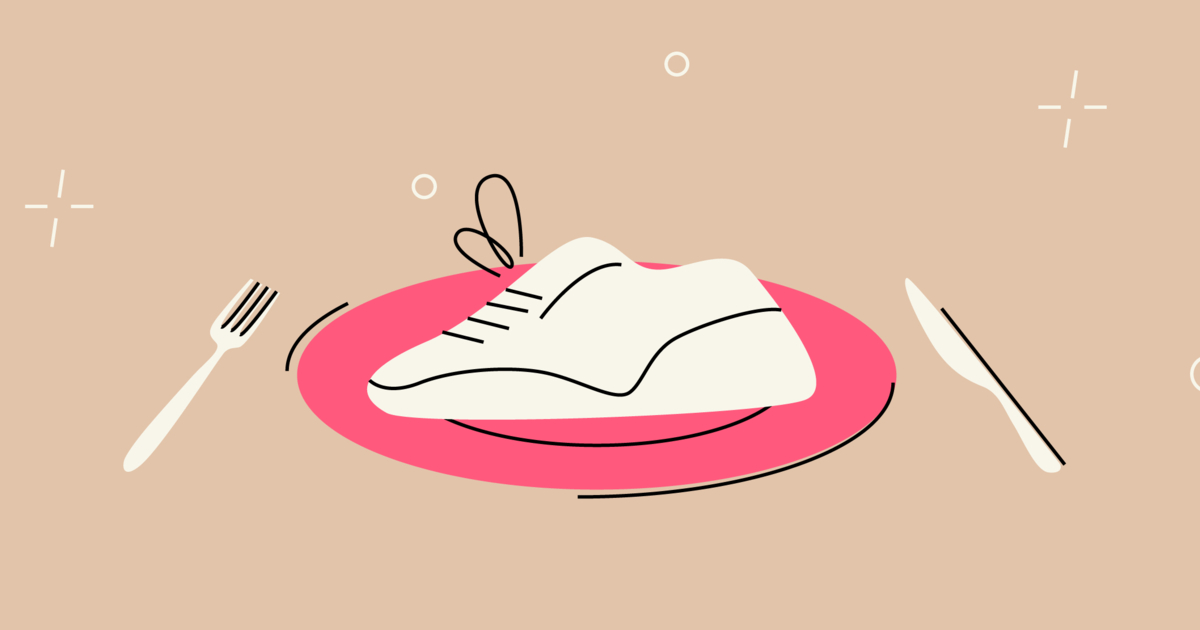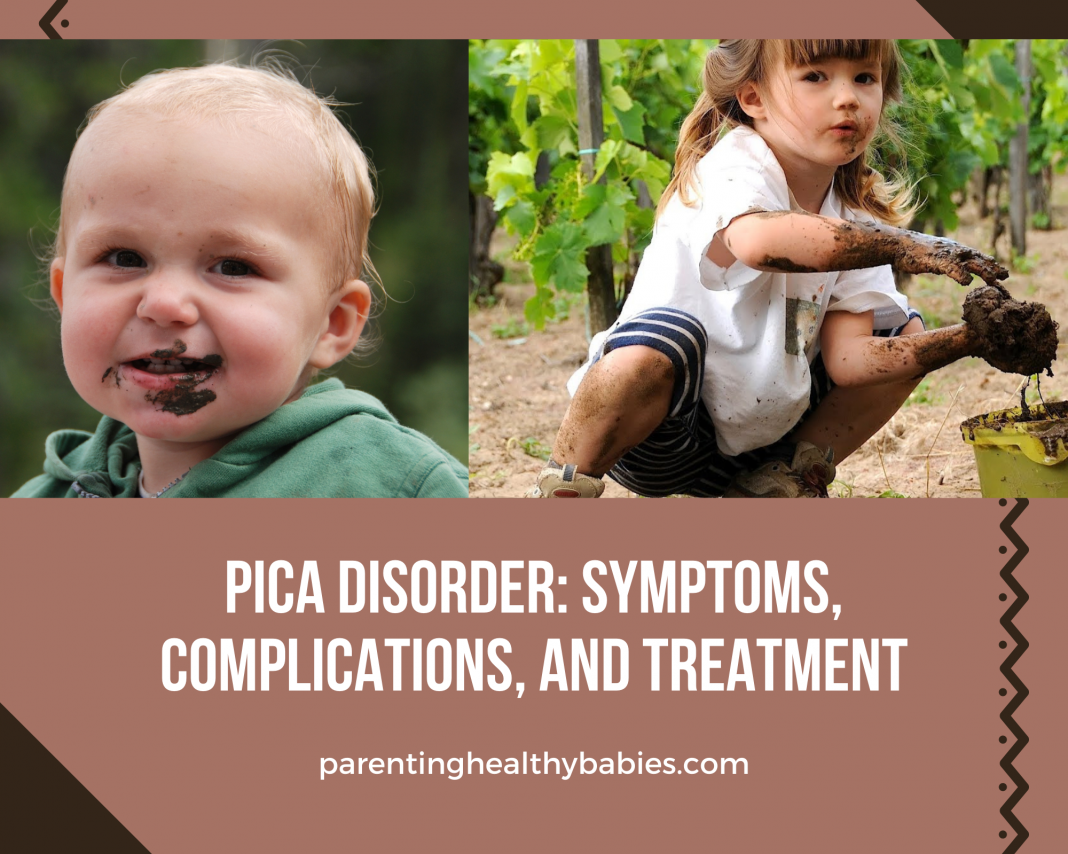
Medical professionals can provide training to help patients recognize the difference between substances suitable for consumption and substances that are not. This approach has helped cure pica in some individuals.Īversion therapy can help some patients realize which foods are good to eat and which are bad and unfit to consume. If the person has a mineral deficiency, for example, health care professionals can provide treatment that can modify the diet to eliminate the deficiency. The teeth can also be harmed from chewing hard substances that are not meant to be eaten. There is also the risk that a sharp substance ruptures an internal organ on its way down the throat.

Eating soil and clay may lead to the person unintentionally picking up a parasite or exposing themselves to fecal matter or other impurities. Symptoms and health risksĮating items with no nutritional value can be dangerous. This percentage may be at the higher side in certain populations that, for example, culturally value eating substances such as clay. While it is difficult to arrive at an accurate number of affected people because people can be reluctant about admitting to eating substances that are not usually acceptable, around 8% to 65% of the population are thought to be affected by the condition at some point of their lives. For example, some communities in the USA and Africa are known to eat clay. At times, the preference can be the result of a cultural or religious practice. Psychiatric conditions such as obsessive compulsive disorder or schizophrenia can also make a person susceptible to eating items that are not nutritionally beneficial.

Pregnancy can also trigger changes in women which makes them prone to craving items that they would not normally eat. The condition is very common in very young children who often grow out of the disorder as they develop an understanding of what kinds of foods are generally accepted.

Individuals who exhibit pica can fall into a number of different categories. For instance, xylophagia refers to a subtype of the condition in which affected individuals like eating wood, trichophagia describes preference to hair or wool, and geophagia refers to a preference for soil or clay. The different eating preferences have been given specific names to describe them. The items eaten by affected people can widely vary from paper, chalk, clay, and detergents to plants, soil, hair, insects, and wood. Pica derives its name from the Latin word for ‘magpie’. PICA Play Substances eaten by Pica patients


 0 kommentar(er)
0 kommentar(er)
